Prairie Dogs as Keystone Species
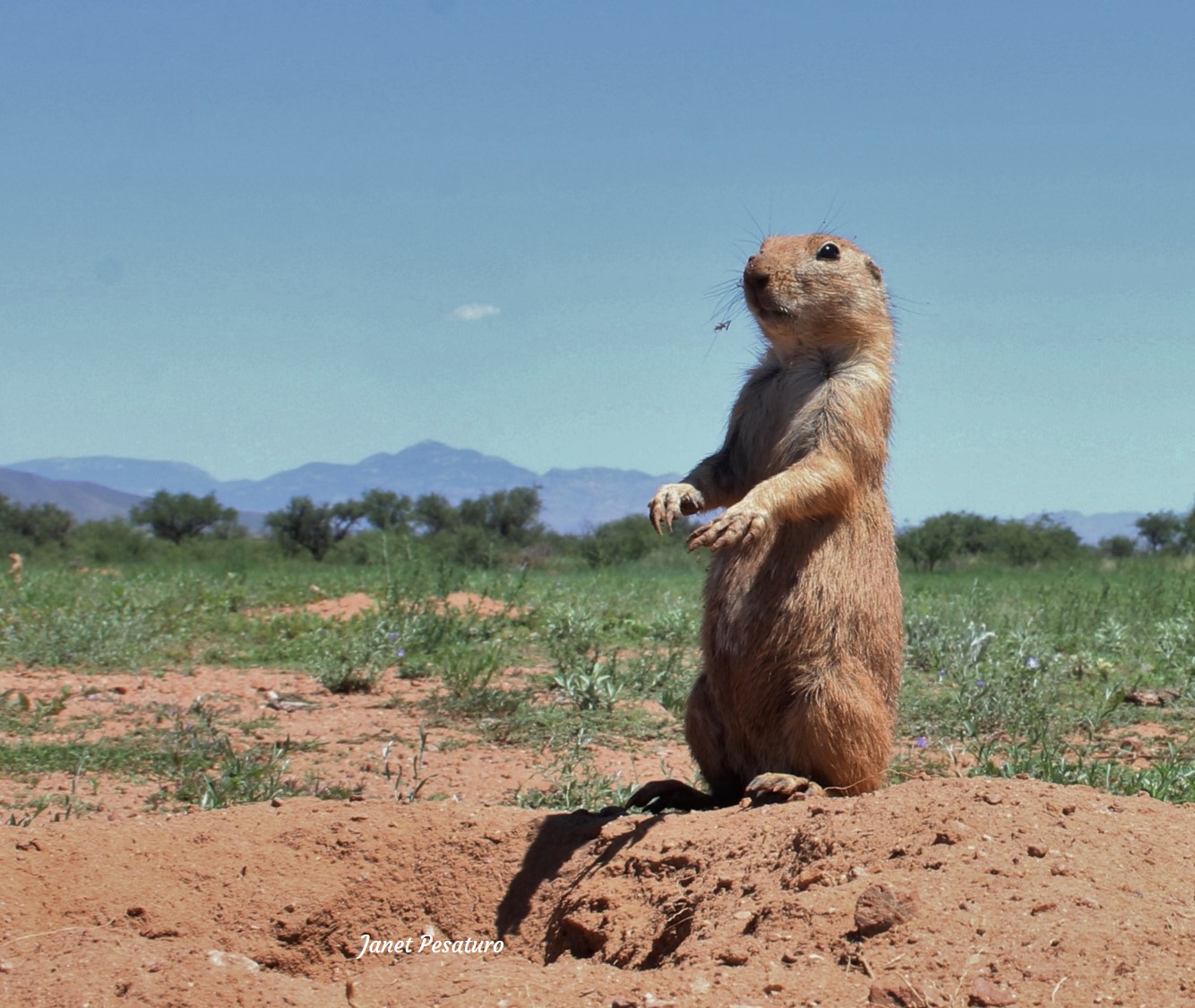
Prairie dogs (Cynomys species) are diurnal, burrowing rodents that eat mostly grasses and small seeds and live in “towns” of multiple family groups. While some scientists quibble about the designation of prairie dogs as keystone species, the argument hinges on the definition of the term. So I’ll start with some definitions and some facts, and then show what our camera traps in an Arizona black-tailed prairie dog (Cynomys ludovicianus) town revealed. There’s no question that prairie dog towns are busy places of distinctive appearance, and without dwelling on precise definitions and species counts, most observers would likely agree that prairie dogs have a profound impact on their environment.
What is a Keystone Species?
A general definition is a species which holds the structure of an ecosystem together – much like the keystone of an arch locks all the stones into position. A more technical definition says that the species in question must have a more pronounced impact on the health of the ecosystem than its numerical abundance would suggest, and that its impact is not duplicated by any other species. Some scientists further specify that a keystone species must influence ecosystem structure, composition, and function. While not everyone agrees that prairie dogs fully qualify, the consensus is that their impact is far reaching.
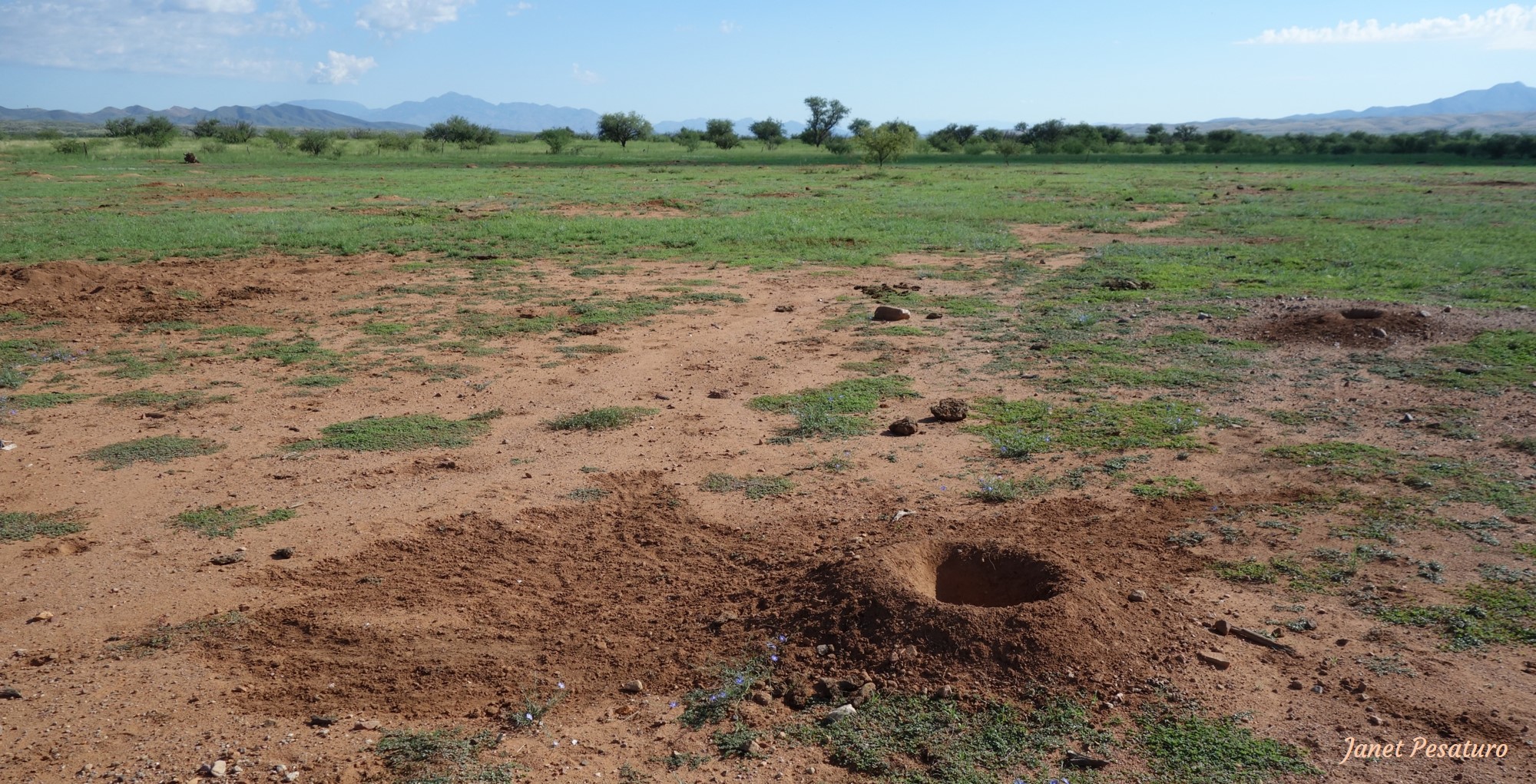
The Prairie Dog’s Impact on Habitat
It’s fairly obvious even at first glance that prairie dogs change the environment. Within a prairie dog town the landscape is wide open with closely clipped vegetation, while surrounding unoccupied habitat has taller grass and possibly some scattered shrubs or trees. The vegetation changes within the town are the result of prairie dog foraging. They eat the grasses, forbs, and tiny succulent seedlings of mesquite and other woody plants. On a landscape scale, they create a mosaic of wide open patches among less open plant communities, a fairly drastic change in both the structure and composition of vegetation.
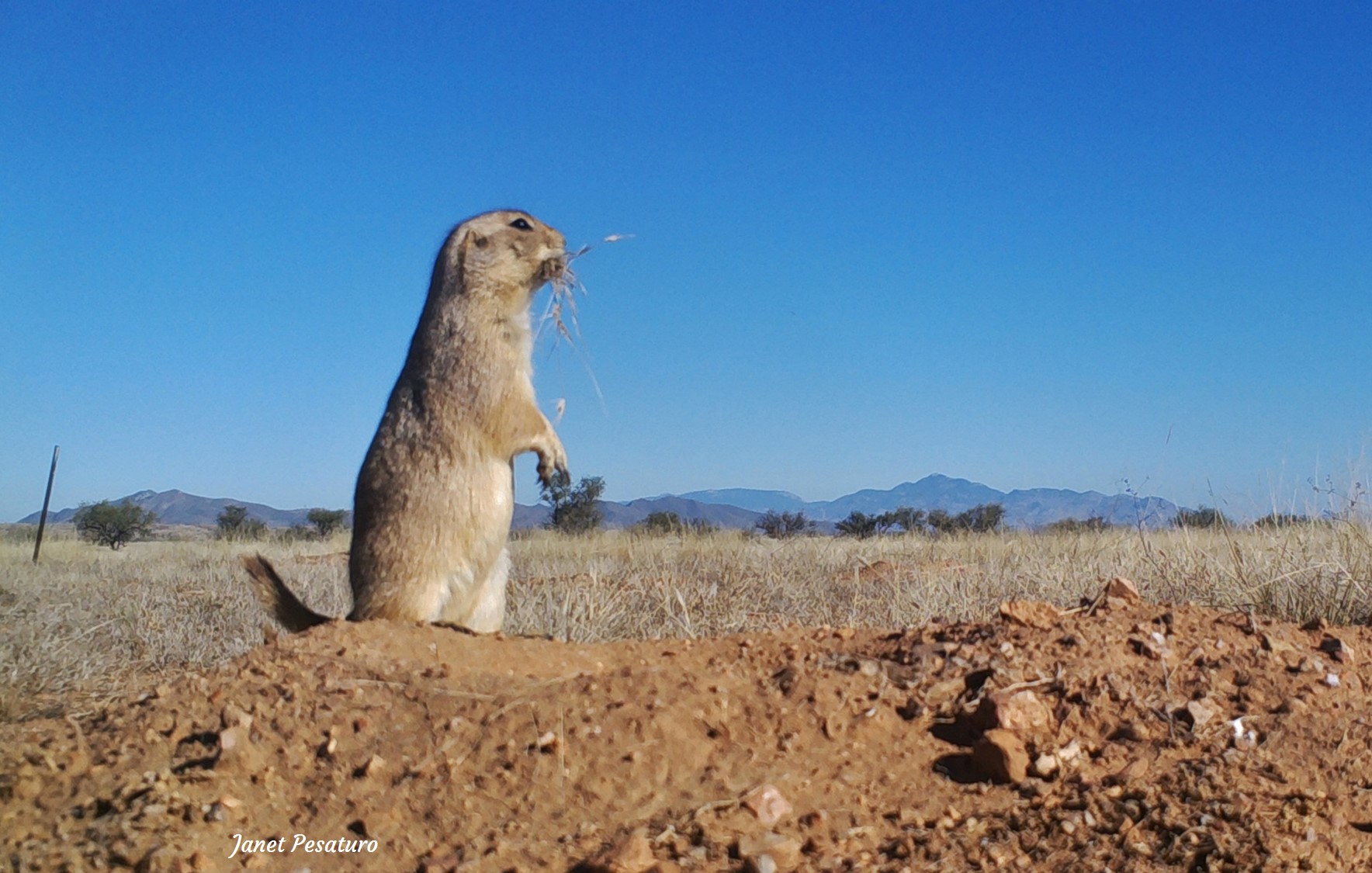
Less obvious are changes in nutritional value of the vegetation. Tunneling essentially tills the soil, promoting nitrogen uptake by plants. The burrows allow rain water to flow down into the soil and remain in the water table. Prairie dog scat, which is sometimes seen in abundance near burrows, adds organic matter to the soil. The result is more succulent, nutritious, and digestible forage. This benefits not just prairie dogs, but also pronghorn.
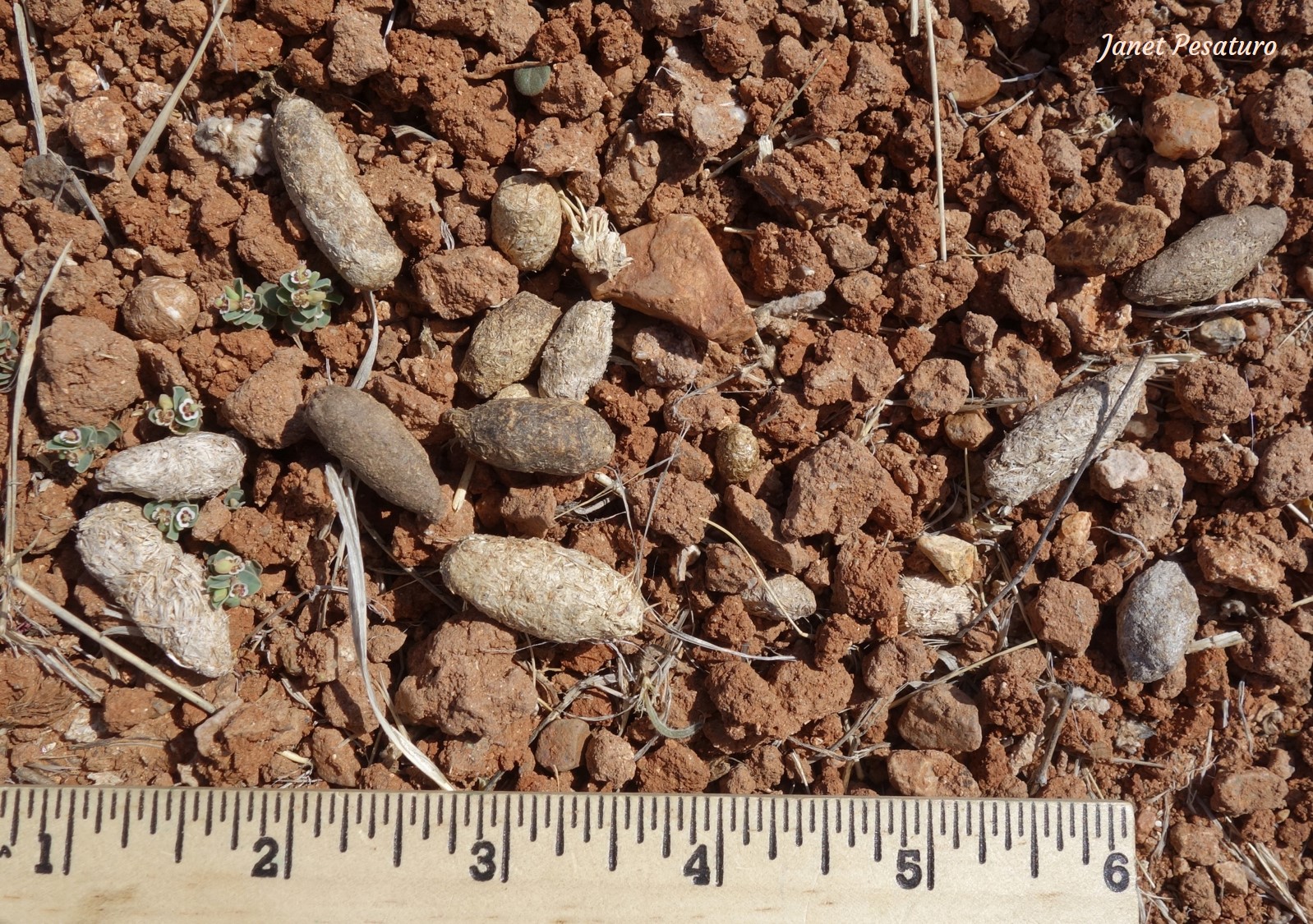
Since different plant communities support different suites of insects and other invertebrates, we might expect prairie dog towns to feature insects and spiders different from those in surrounding habitats. Indeed, they do. A study of Gunnison’s prairie dogs (Cynomys gunnisoni) revealed that they increased invertebrate diversity on both habitat and regional levels. Insectivorous birds and mammals benefit from the invertebrate food base.
Prairie Dogs as Food for Predators
Invertebrates and the birds and mammals that eat them aren’t the only animals that benefit from prairie dog activity. I already mentioned that pronghorn benefit from the vegetation in prairie dog towns. But prairie dogs are themselves an important food source for predators. They are the top menu item for the endangered black-footed ferret. They may also figure prominently in the the diet of the swift fox, kit fox, golden eagle, red-tailed hawk, American badger, coyote, and ferruginous hawk.


Even bobcats hunt prairie dogs. This is surprising because bobcats need cover for their stalk and ambush hunting style and prairie dog towns lack cover. But I did get at least one bobcat on my cameras stationed in a black-tailed prairie dog town, so I looked into it and learned that the adaptable feline is known to crouch by prairie dog burrows during the night or early morning hours, waiting to snatch a rodent emerging after its night time repose. The bobcat doesn’t need above-ground cover because the rodents cannot see predators when they’re underground.

Prairie Dog Burrows Shelter Others
Prairie dog burrows are used by a number of other species, including the black-footed ferret, swift fox, burrowing owl, mountain plover, desert cottontail, and various snakes. My camera captured burrowing owls and desert cottontails using them.
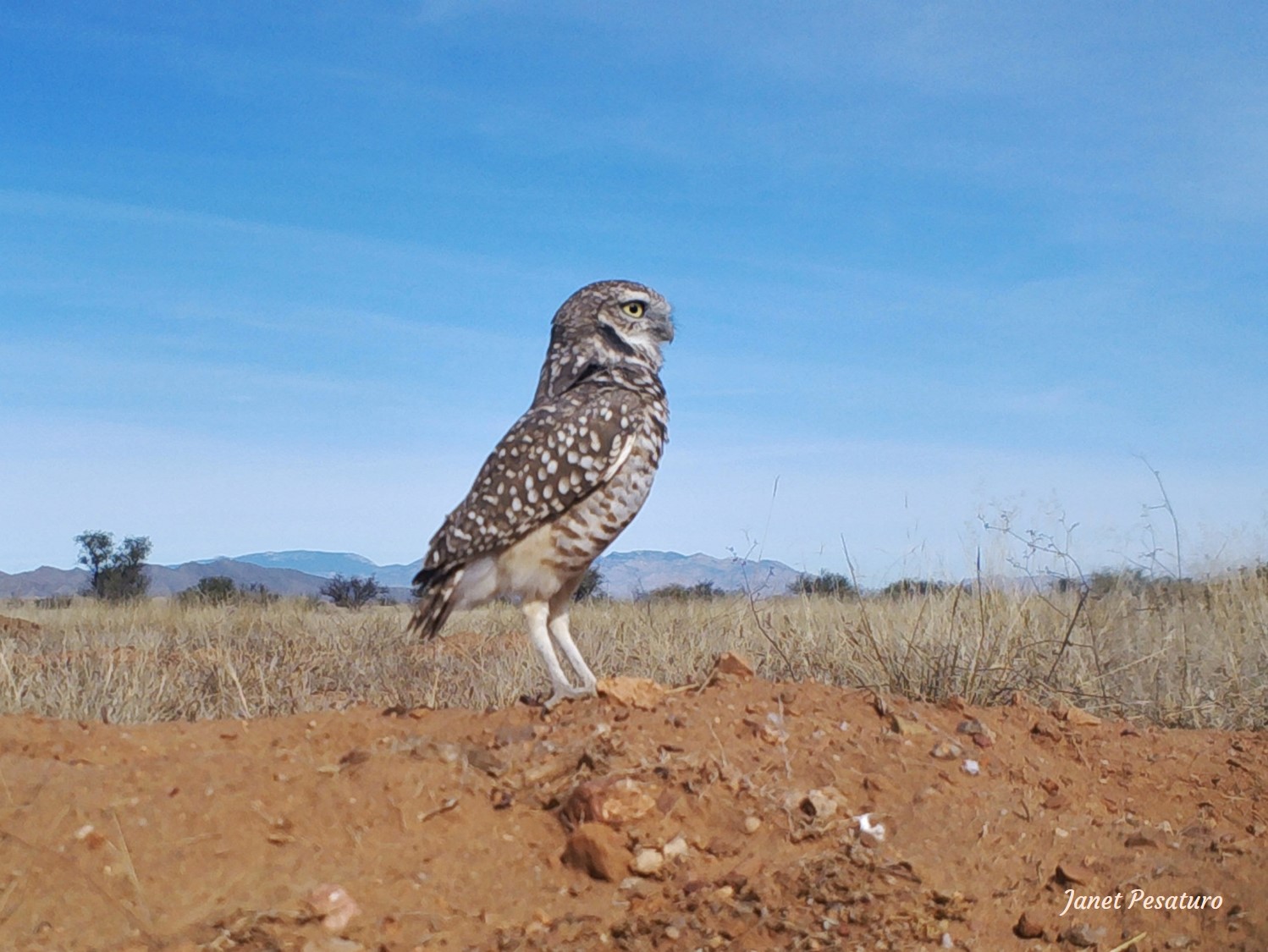
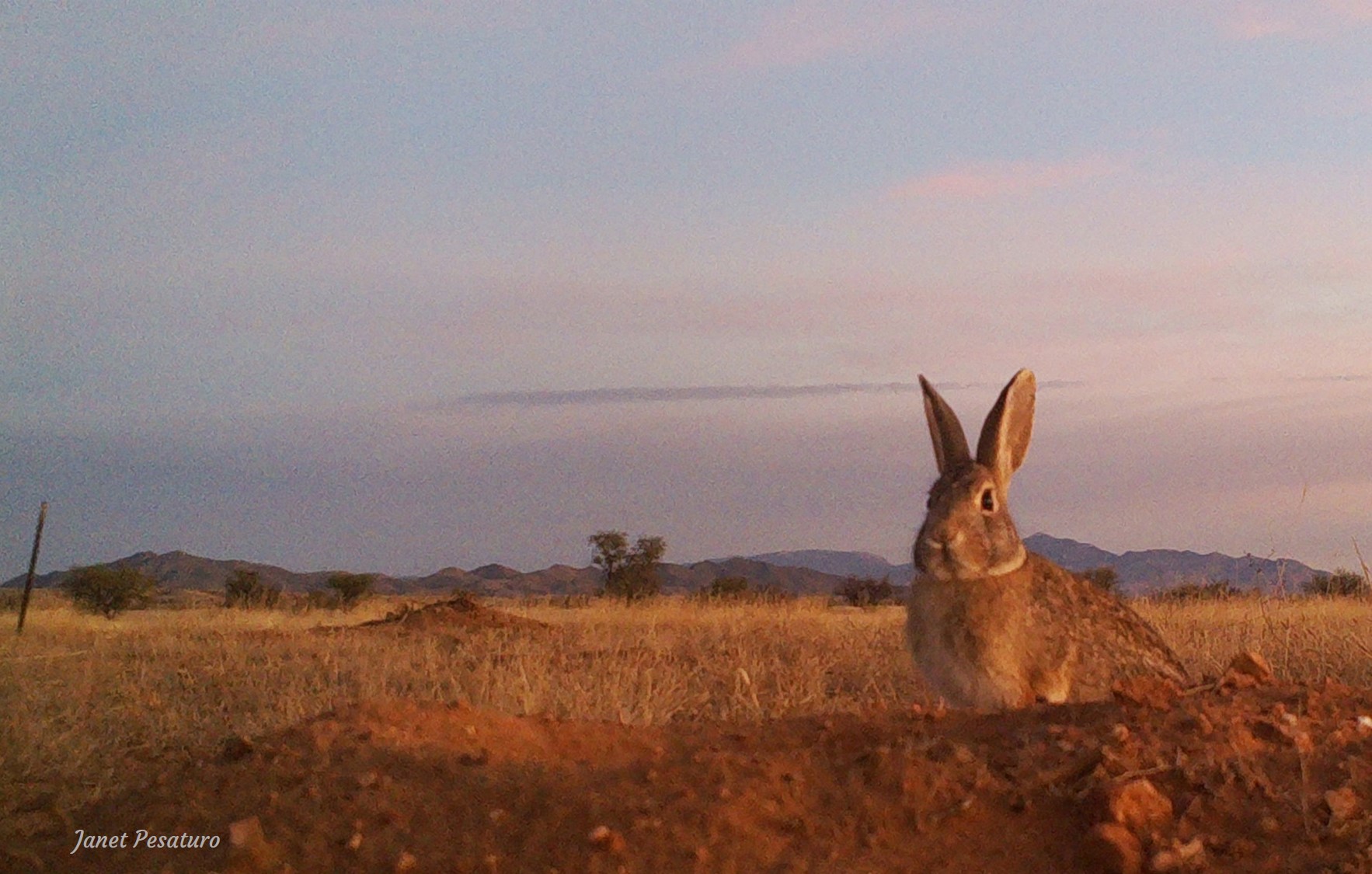
What’s the Point?
Why does it matter if we designate prairie dogs a keystone species? It’s helpful to recognize when a species provides critical services because conserving it is a step towards conserving other species and ecosystem processes that exist under its umbrella. For example, the endangered black-footed ferret is almost entirely dependent on prairie dogs for its survival, so ferret conservation necessarily involves prairie dog conservation. Increased awareness of the prairie dog’s role may stimulate the financial and political support needed for conservation and research.
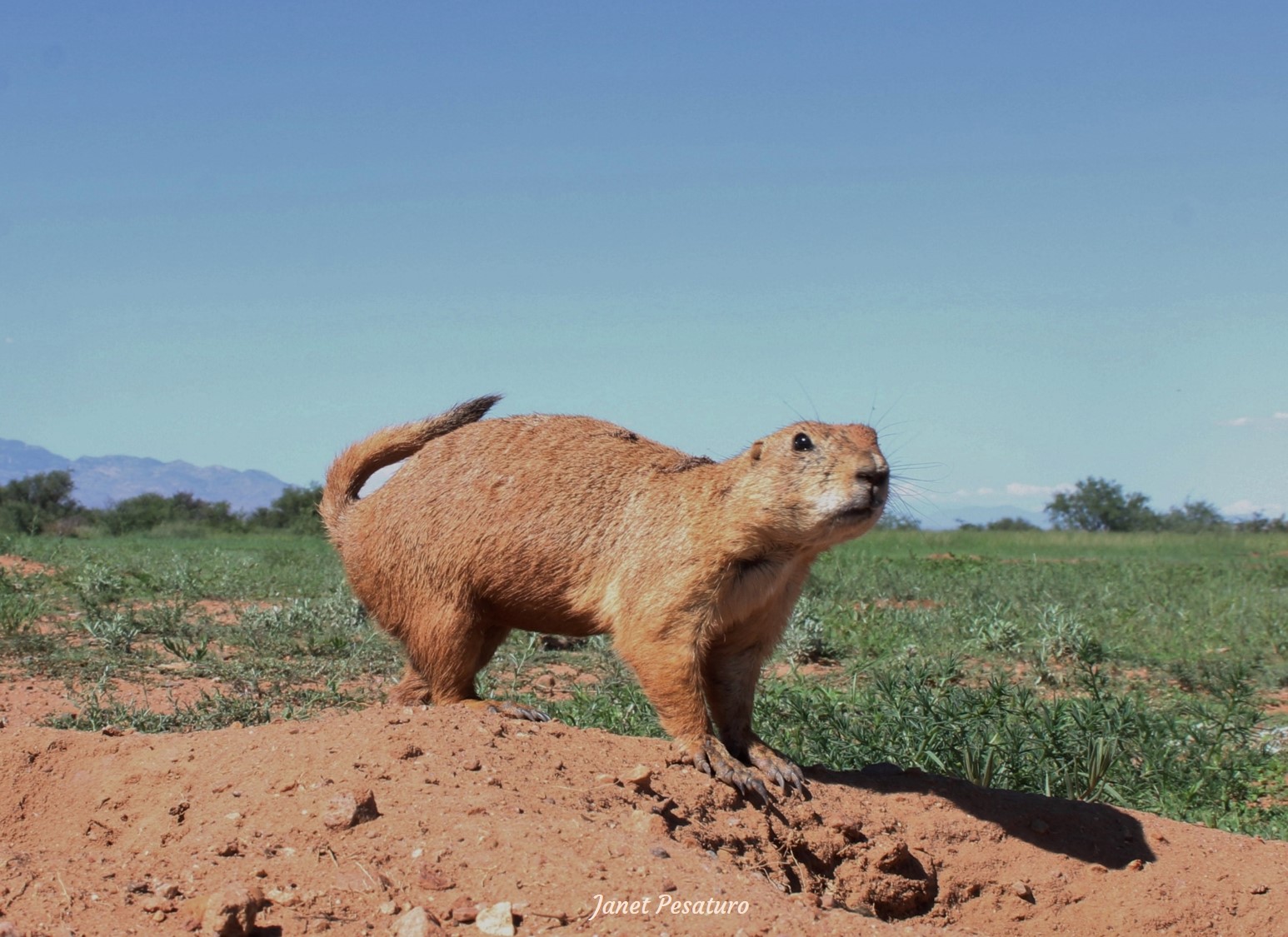
Have you visited a prairie dog town? As always, I’d love to see your questions and musings in a comment below.
Sources
Bangert, R. K. and C. N. Slobodchikoff. “Prairie Dog Ecosystem Engineering Increases Arthropod Beta and Gamma Diversity.” Journal of Arid Environments. 67 (2006): 100-115.
Kotliar, N. B., B. W. Baker, A. D. Whicker and G. Plumb. “A Critical Review of Assumptions About the Prairie Dog as a Keystone Species.” Environmental Management. 24 (1999): 177-192.
Licht, D. “Observations of Bobcats, Lynx Rufus, Hunting Black-tailed Prairie Dogs, Cynomys ludovicianus, in Western South Dakota.” Canadian Field Naturalist. 124 (2010): 209-214.
Miller, B., R. Reading, J. Hoogland, T. Clark, G. Ceballos, R. List, S. Forrest, L. Hanebury, P. Manzano, J. Pacheco and D. Uresk. “The Role of Prairie Dogs as a Keystone Species: Response to Stapp.” Conservation Biology. 14 (2000): 318-321.
Slobodchikoff, C. N., B. S. Perla and J. L. Verdolin. Prairie Dogs: Communication and Community in an Animal Society. Cambridge, MA: Harvard University Press, 2009.

Here is program we did for the University of New Mexico on Prairie Dogs in the ecosystem, with Anna Davidson. https://youtu.be/tR4HRicj35c
That was very well done – thank you so much for sharing it. It’s always great to learn about much needed conservation efforts.
Nicely done especially since you have to travel across the country to get footage. We have lots of prairie dog towns here in Colorado. Unfortunately as of late, many of them have plagued out. Many others have been plowed under by development and yet others have been laced with poisoned to eradicate the dogs. There needs to much work to educate the public about these animals. Another one of the myths floating around is that horses break their legs if they are in prairie dog towns. One friend, who owns a horse boarding place says, this is nonsense. She has plenty of prairie dogs and horses and nothing happens.
Yeah there are a number of complicated issues around prairie dogs. I’m afraid I’m not optimistic about conserving anything more than remnant populations. Development will progress and agriculture will continue. The belief that horses and cattle could break their legs in burrows has been used to justify eradication of other burrowing mammals, too. But as you say, it is very rare if it happens at all.
I have a client, who boards horses. There is a prairie dog town on her ranch too. Not once did a horse break a leg, she says.
Good to know! I have great respect for farmers and ranchers and want to listen to their experiences and views on how certain wild species affect their work, but on this particular issue, I haven’t found evidence that it happens on anything by the rarest occasion.
My first awarenesses of the Prairie Dog came with Mother telling me of hunting them as a child in eastern Alberta. In a review of “Wildlife, Land and People” by Donald G. Wetherell I found this: “Even children were enlisted to kill. Gopher hunting became entrenched as a prairie childhood tradition — a bounty of a half a penny per gopher tail went a long way during the Depression.” Mother her story when I was a child. On thinking of it today I guessed that the bounty would have been a nickel a tail. What a treasure that would have been! That book by Wetherell looks very interesting and, even at $50, I may buy a copy.
My first memory of seeing one comes seventy-five years after mother hunted. That was at Devils Tower National Monument. Since that first sighting I have seen them in Grasslands and Theodore Roosevelt National Parks.
Busy little guys, defecating and dining; and now I learn very deserving of their place on the planet.
At Grasslands (Saskatchewan) I watched a coyote hunt. I had just read, in a book by Candace Savage, of how the badger and coyote work together to capture prairie dogs. Unfortunately I did not see a badger.
I did buy a copy of “Wildlife, Land and People” and that reminds me of how wealthy I am compared to Mother’s family in 20s and 30s in Alberta; and compared to what I had as a child. Our wealth lets us think differently about our natural resources. Part of that is due to the education we have enjoyed.
Really interesting history and great comments. People wanting to earn those bounties during the depression is totally understandable. I imagine some people ate prairie dogs then, too.
I’ve been reading about the agricultural impacts of prairie dogs. It’s undeniable that they eat crops, like so many other wild herbivores, but evidence for their impact on ranch land is mixed. That is a lengthy discussion in and of itself, beyond the scope of my post, so I carefully avoided mentioning livestock when I said prairie dogs benefit certain ungulates like pronghorn.
To make a long story short, it seems their impact has been greatly exaggerated, yet the tradition of eradication lives on. They are still described as pests on some state websites. As of 2009 (Slobodchikoff’s book cited above) it was true that in some counties land owners are required to poison them, and may still be the case in some areas, I am not sure.
Pingback:The Art of the Treeless Set - Winterberry Wildlife
Have I visited a prairie dog town? LOL. AllI have to do is walk out my back door!! I love watching them but if they get to close to the house I place farrot squat down the holes and they tend to move out to the forrest areas. If you listen close enough you can tell when they are warning their family that the dogs are out and it sounds different from the warning that a hawk is circling int the air. They seem to not perceive me as a threat and just stand and watch me and I swear they sometimes are greeting me .
Very cool. I have read that they make different calls for different predators but haven’t had the opportunity to watch them very much. You’re lucky to have that luxury. What in the world is “farrot squat”? Ferret scat?
This article is great! I love that you cover so much prairie dog ground. My undergraduate project (before people actually did undergrad projects) back in 1992 was mapping all the prairie dog towns in Kansas. I covered 60 counties. The good ol’ days. That work was intended to help inform black-footed ferret reintroductions eventually.
That’s a substantial project for an undergraduate! Do you know if it ever did lead to black footed ferret reintroductions?